“Accidental collision with news creates unique value of newspaper in readers’ livesâ€
Coming out of the lockdown, leading English newspaper The Times of India has launched a multi-media campaign – #NewspaperMornings – highlighting readers’ relationship with the newspaper.
Conceptualised by TOI and Wunderman Thompson, the brand has launched a campaign film with lyrics and narration from poet and lyricist Gulzar. Although the way we interact and communicate with media has undergone a shift during the lockdown, the campaign taglinem ‘Some relationships never change’, reminds us of the pleasure of our abandoned reading habits.
English newspaper circulation had been hit particularly hard during the lockdown as services like Metros and trains that are essential for delivery of newspapers had stopped. TOI’s campaign will be live on TV, digital and OTT platforms for four weeks and will signal to readers and advertisers the return of the print publication to full circulation strength.
Elaborating on the campaign, Sanjeev Bhargava, Director – Brand, The Times of India, said, “The epidemic has created a new paradigm and people have reassessed their needs according to the situation. This communication is aimed at people who love reading the morning paper, but have discontinued the habit for various reasons. The pleasure of reading the newspaper is an integral part of our mornings and how we begin the day. And it is for this reason that we felt that we needed to have a communication which served as a reminder to the world about the power of the newspaper.”
Speaking about the creative film, Senthil Kumar, Chief Creative Officer, Wunderman Thompson India, asked, “What are mornings without The Times of India? There is a whole lot missing from a day in the Life of India when you don’t receive the Times. It’s like your favourite morning person is missing from your life. The wind has taken away your wings to the world that you viewed with a flutter of your wings every morning. Many such relationships between the reader and the newspaper ring true in this emotional ode in the film. During the lockdown, many homes did not receive the newspaper in spite of our best efforts and it is time now to remind our readers of their relationship with that fluttering paper and revive that missing relationship.”
Adding further, he said, “The emotional connection with the audience is the same as the readers’ connection with the morning habit of the newspaper. The absence of the newspaper and the elevating presence of the newspaper have been captured in this captivating narrative by the words of the legendary poet Gulzar Sir and visuals of thousands of readers interpreting the poem in scenes from the morning scenes across the country, delivering the truth that our relationships with our morning newspaper can never change.”
In conversation with Adgully, Sanjeev Bhargava, Director - Brand, The Times of India, speaks about the campaign, the need for such a communication, and the revival of circulation and advertising to the newspaper.
Tell us about the journey of the campaign? How did you come to collaborate with Gulzar?
The whole idea was that there is a certain romance, intimacy, familiarity at an organic level with the newspaper, rather than speak to the readers’ rationality. We wanted to appeal to the heart and not just the mind. That’s why we felt that poetry was a great medium of communication. When you talk about poetry, what better name is there than Gulzar Saab?
I am a fan of Gulzar Saab, who has written a lovely poem called ‘Kitabein’. The poem speaks about his love for the printed word and the pleasure of reading from the hard copy of a book. I was very inspired by that piece of poetry and intimated the same when we spoke to him. We requested him to write something for newspapers and he loved the idea because he also believed that there is no substitute for a physical newspaper. So, the poetry has really come from his heart.
What happened to English newspaper circulation during the lockdown?
The lockdown came as a rude shock to the entire industry, including print media, and our circulation came to a complete halt when the Prime Minister made the announcement. Of course, he had declared newspapers as an essential service and, therefore, we were able to quickly restart our operations in the next two weeks. Since then, we have steadily gained circulation in the market. We have actually reached over 90 per cent of our original base, and at an all India level, we will return to full strength in a couple of months.
Why did your readers drop off? Where did they go? Did they belong to a particular demographic?
They dropped off for various reasons. For example, in Mumbai, the lockdown continued for a very long time. Newspaper is a physical product and its delivery was disrupted. We saw people stop reading due to fear of infection or migration to TV or digital. There are many reasons why people have stayed away from the newspaper, and we need to bring them back.
After a lot of research, we found that 90 per cent of readers want newspapers back in their lives. They have been reticent for one reason or another. This communication just reminds them that life is beautiful when the newspaper arrives every morning.
What’s your media strategy to effectively reach your readers who have dropped off?
The circulation in the South markets have returned to normal levels and in some markets like Kerala, the circulation has reached over 90 per cent of the original base. In the print media market, these are the bigger markets. So, for me it was a very easy choice where to deploy our communications. The campaign is clearly directed at North and West India and those are our key markets. I don’t see any dichotomy between the language of the film and our target markets.
How do you feel about building the readership base of print media on the back of a TV and digital marketing strategy?
Even before the crisis, there was over 70 per cent duplication between our print readers and our digital readers. So, for us there is no real change. Post COVID, that 70 per cent may have touched 85 per cent. We always welcome users to our digital platforms, because it is actually a very large platform after Facebook and Google. It’s always good that users migrate to our digital properties.
The newspaper has its own value both for readers and advertisers. The newspaper curates the news and presents it in a familiar format and essentially offers the experience of accidental collision with news. Digital media is search based, which means that your search patterns begin dictating what news comes to you. That’s the nature of the Internet. To be a well-rounded and knowledgeable person, you need to have accidental collision with all events around the world, whether it is politics, business, economics, local affairs or sports, and the newspaper is the source of holistic information. That’s why we feel the newspaper has a special place in the lives of consumers.
What is your strategy to woo advertisers during this festive season?
While our campaign is targeted at our readers, even our advertisers are our readers. So, the general wellbeing of the newspaper is good for the business. The festive season looks promising. Print has the unique ability to create impact in the market when you announce big schemes, and the festive season is when you announce big schemes. The power of TOI is that it can create impact within the most influential circles of India and that’s reason enough for us to be able to monetise. The next few months till December will be critical.


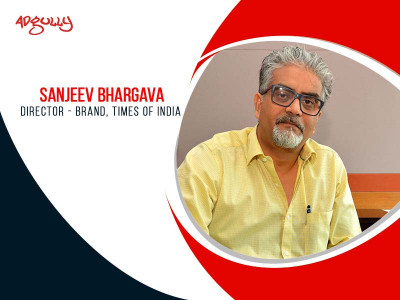


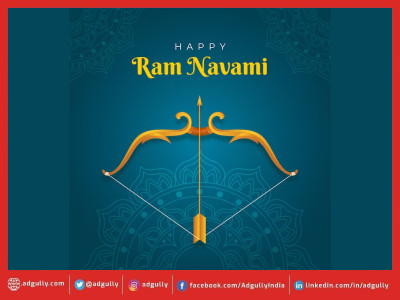
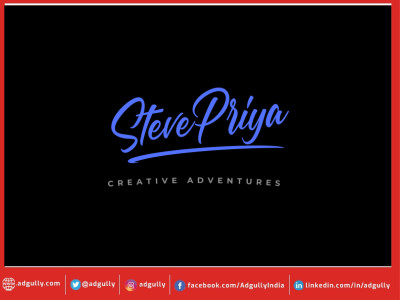


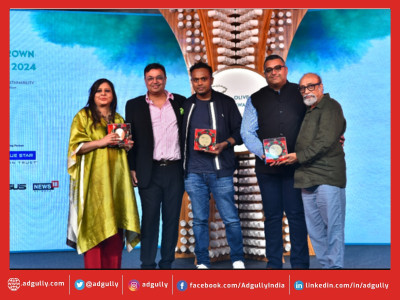

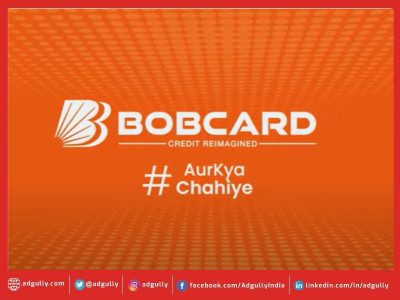

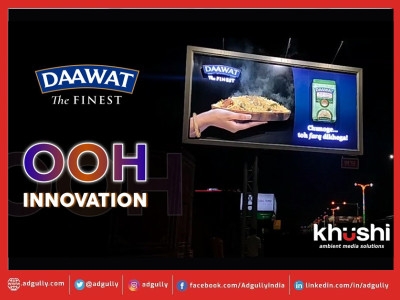

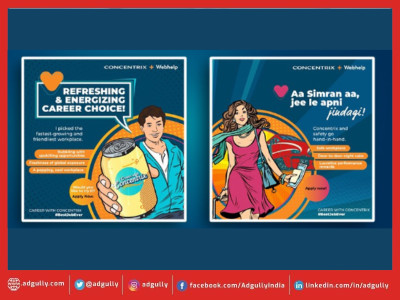
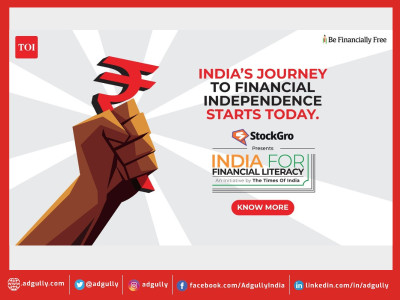

Share
Facebook
YouTube
Tweet
Twitter
LinkedIn